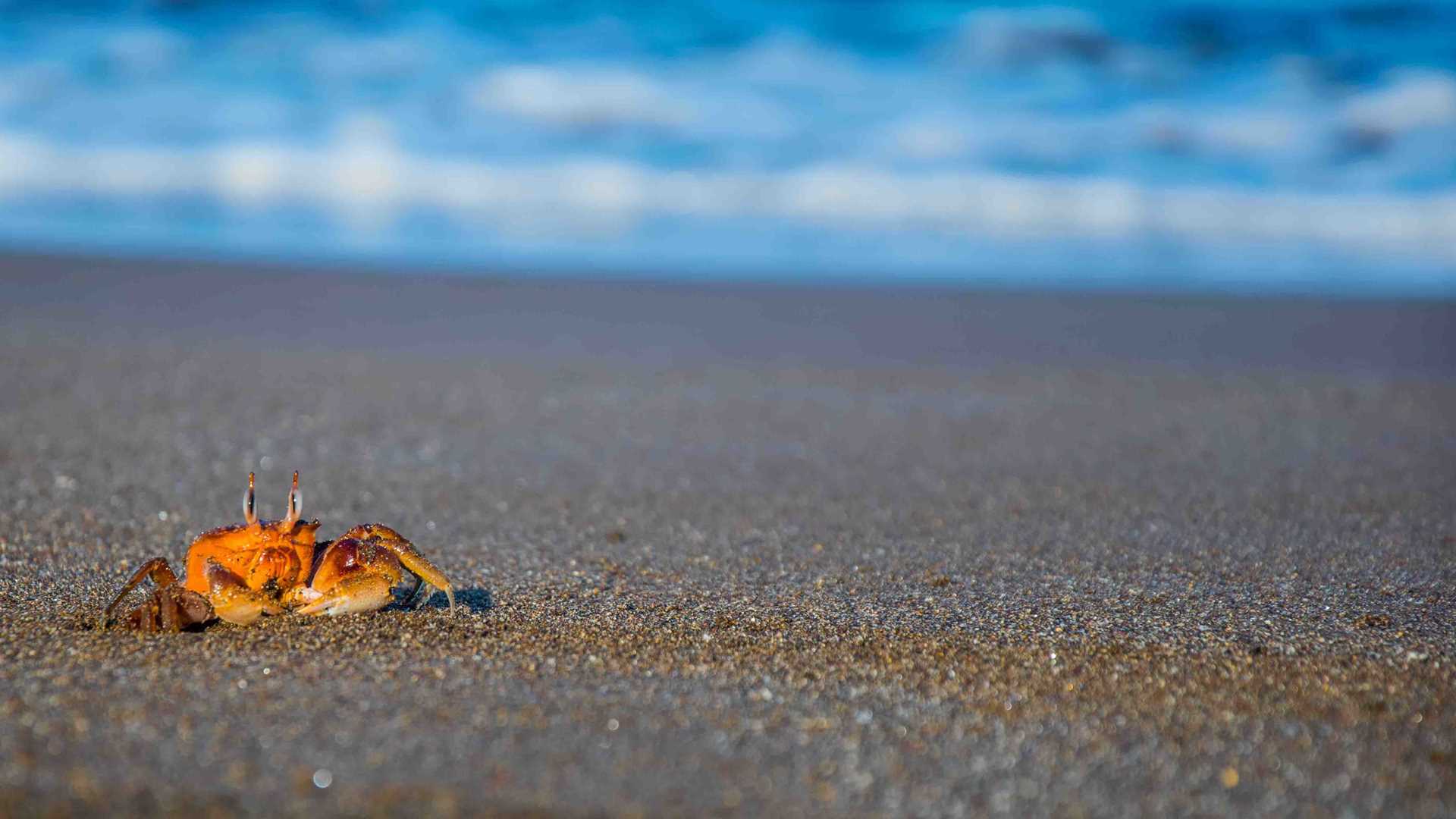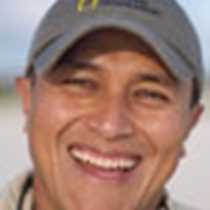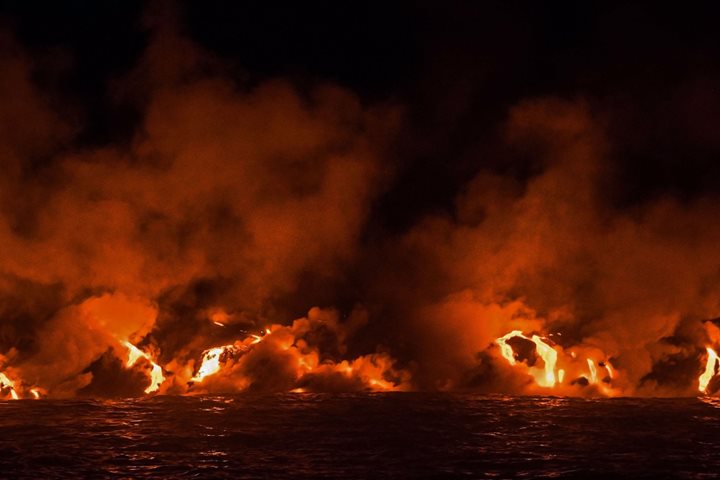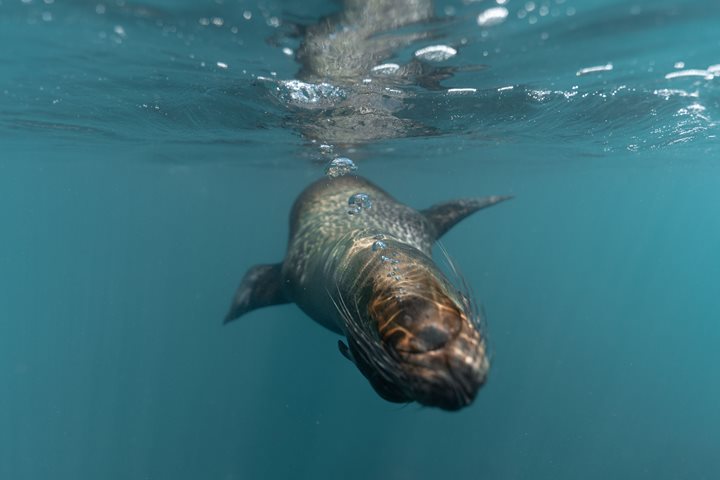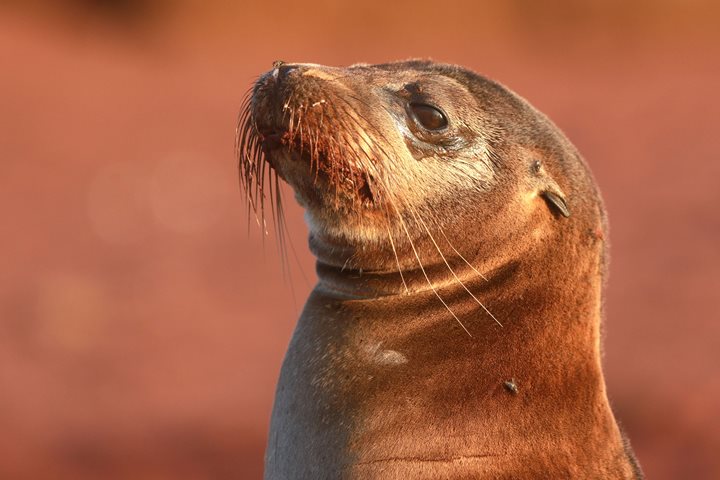Waking up early in the morning to explore a pristine beach full of interesting creatures is a great way of starting a day. Today, we did that on Espumilla Beach. While one of our groups explored the old forest of Palo Santo, the other group chose to take more time for photography on the beach looking for ghost crabs, pelicans, blue footed boobies, mocking birds and flycatchers. Either of the two options gave us the opportunity to witness the marvelous landscape and wildlife existing on Santiago. After breakfast, we had the option of visiting the coast of Buccaneers Cove either by snorkeling, zodiac riding, kayaking or paddle boarding. In the afternoon, we explored the amazing coastal line of Puerto Egas. Galapagos sea lions and fur seals coexist on this area, and we were lucky to get some amazing close ups of their enchanting behavior and the gorgeous surroundings. To finish a fantastic day, we had a BBQ dinner in the outer deck.
- Daily Expedition Reports
- 22 Feb 2018
Buccaneers Cove & Puerto Egas, Santiago Island, 2/22/2018, National Geographic Islander
- Aboard the National Geographic Islander
- Galápagos
José Guerrero, Naturalist/Certified Photo Instructor
José Guerrero Vela is an Ecuadorian permanent resident of the Galapagos. His mother was born in the islands and his grandfather was one of the first generation of teachers in the Galapagos, which has always inspired him to promote education as the ma...
Read MoreShare Report
Related Reports
11/23/2022
Read
National Geographic Islander II
Isabela and Fernandina
Our day began with the chance to point out a lot of interesting geological features as we enjoyed Zodiac tours along a massive flank of Ecuador Volcano on Punta Vicente Roca. In the afternoon, we took a sunny walk on Punta Espinoza on Fernandina Island. We spotted many iguanas, and a bunch of sea lions hanging around, too.
11/22/2022
Read
National Geographic Islander II
North Seymour & Rabida Islands
Relatively small and low compared to neighboring Santa Cruz, North Seymour is located to the north of Baltra. The island is dry with predominantly low shrubs, like prickly pear cacti. The incense trees are bare during the dry season. Seabirds like frigatebirds and blue-footed boobies nest on the island, and sea lions rest on the sand when they are not fishing. Land and marine iguanas also live here. Rabida is in the middle of the archipelago and has a striking red sand beach. We observed a small colony of sea lions of all ages resting or nursing. Behind the beach, American flamingos nest in a brackish lagoon. This island is full of contrasts and wildlife that we enjoyed observing during this day of expedition.

